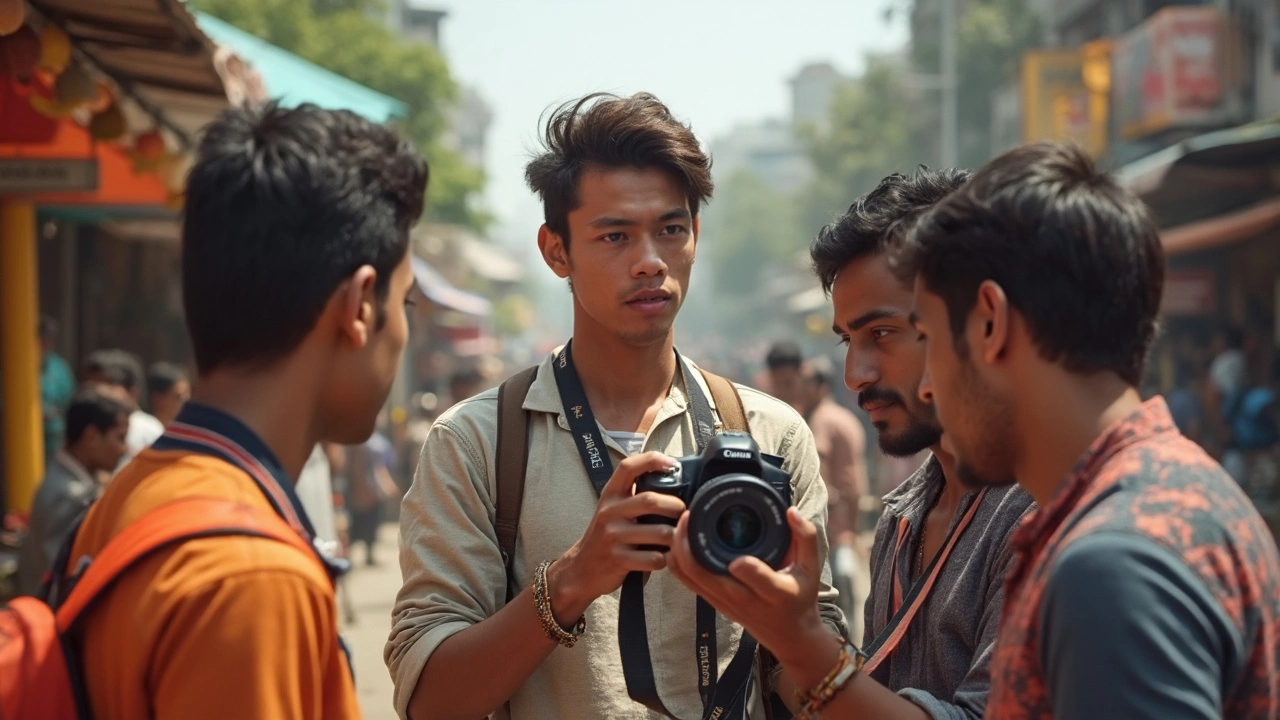Camera Guide: Quick Tips to Up Your Photo Game
Wondering why some pictures pop while others fall flat? It often comes down to a few simple habits and the right gear. In this guide we’ll break down the basics of choosing a camera, mastering exposure, and getting your shots off the screen onto high‑quality prints. No jargon, just real‑world advice you can apply today.
Pick the Right Camera for What You Do
First thing’s first – decide what you actually need. If you only shoot on your phone, a good lighting app and a sturdy clip‑on lens can turn a casual snap into a professional‑grade image. For occasional events like weddings or birthday parties, a mid‑range mirrorless camera (think Sony A6100 or Canon EOS M50) offers interchangeable lenses without the weight of a DSLR. Heavy‑duty DSLRs such as the Nikon D750 are worth the investment only if you plan to rent gear for big shoots or run a full‑time studio.
When you’re shopping, ask yourself three questions:
- Will I need fast autofocus for moving subjects?
- Do I want 4K video as a bonus?
- How much am I comfortable carrying every day?
Answering these will steer you toward a compact mirrorless with on‑board image stabilization, or a DSLR with a robust set of lenses. Remember, the most expensive camera won’t fix bad composition – the tool is only as good as the eye behind it.
From Click to Print: Getting Your Photos Off the Phone
Once you’ve captured a great shot, the next step is preserving it in print. Many think printing is expensive or complicated, but with today’s online services you can order high‑resolution prints in a few clicks. If you prefer a DIY route, a home inkjet printer that supports borderless photo paper works well for small batches.
Here’s a quick workflow that takes less than five minutes:
- Open the photo on your phone and crop to the exact dimensions you need (most apps let you set 4×6, 5×7, or square).
- Adjust brightness and contrast – a slight boost often makes colors pop without looking over‑processed.
- Save the file as a high‑quality JPEG (minimum 300 dpi for prints).
- Upload to a trusted printing service like our Mumbai Digital Print & Photo Services – they handle color correction, glossy or matte finishes, and fast delivery.
Pro tip: Order a single test print before committing to a large batch. It lets you see how the colors translate from screen to paper and catch any unexpected grain.
Whether you’re preparing a wedding album, a corporate brochure, or a simple family portrait, the right printing method can make your images last for years. And if you ever need help with calibration or choosing the best paper, our team in Mumbai is just a call away.
That’s the core of the camera guide – pick gear that fits your routine, master basic exposure, and move your files to print without hassle. Start applying these steps on your next shoot and watch the quality jump instantly. Happy shooting!
